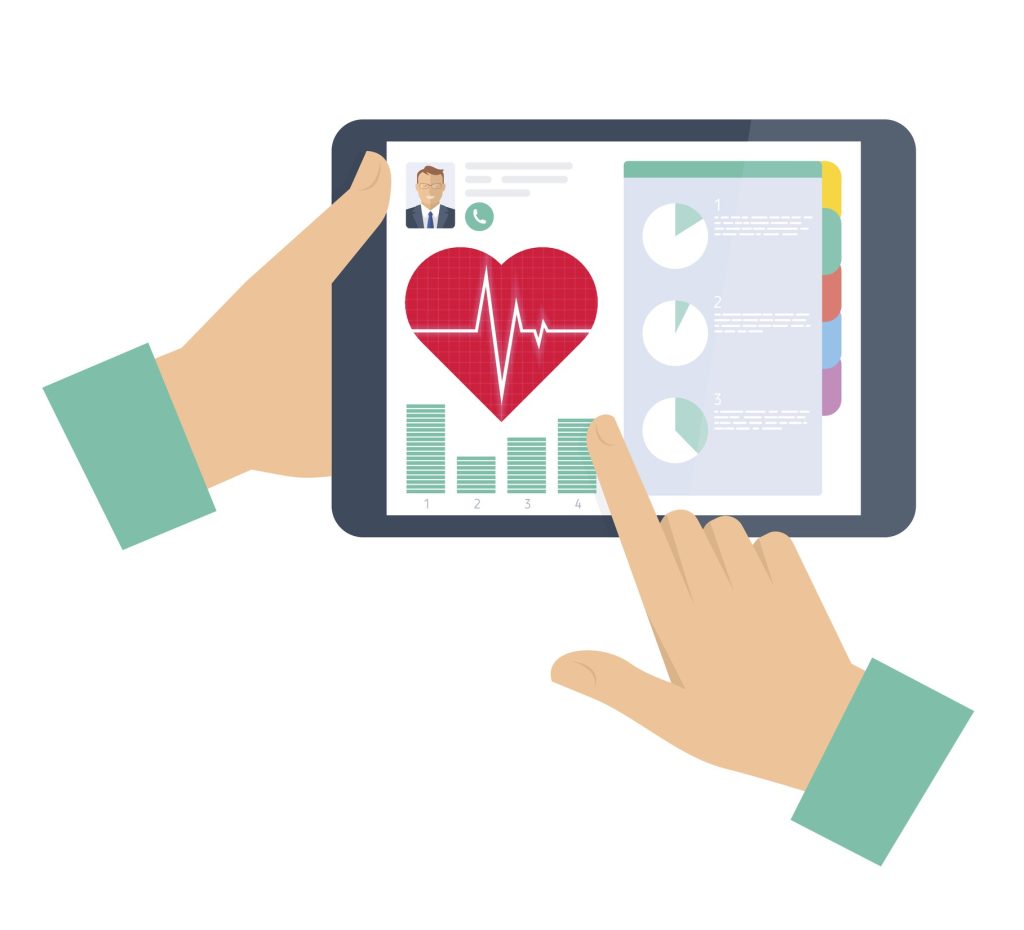
MACRA Year 2 for MIPS and APMs
MACRA Year 2 – What’s Changed … and What Hasn’t
When the final rule for the Medicare Access and CHIP Reauthorization Act (MACRA) was released in October 2016, it established two payment pathways for physicians for Medicare reimbursement. In the second of this two-part post (see the first post – QPP Year 2 – what’s changed … and what hasn’t) we look at what Year 2 will entail for MIPS and APMs. One of the most frequent complaints from patients – and providers – is that physicians are so overwhelmed by technology and paperwork that they do not have sufficient time to spend with patients. A new initiative integrated into Year 2 of the Quality Payment Program (QPP), “Patients over Paperwork,” is labeled as a collaborative process that evaluates and streamlines regulations to reduce unnecessary burden, increase efficiencies, and improve the beneficiary experience. This effort to reduce the burden of paperwork, especially for small practices, is at the heart of several Year 2 changes. These include:
- Excluding individual MIPS eligible clinicians or groups with less than or equal to $90,000 in Part B allowed charges or less than or equal to 200 Part B beneficiaries;
- Adding more flexibility on the use of certified EHRs;
- Including virtual groups as another participation option for performance year 2; and
- Making it easier for clinicians to qualify for incentive payments by participating in Advanced APMs that begin or end in the middle of a year.
Simplifying MIPS for Small Practices
The initial rule for 2017 helped physicians in small practices by exempting all clinicians with fewer than $30,000 in Medicare payments or less than 100 Medicare patients. This threshold for participation expands in 2018 to clinicians with fewer than $90,000 in Medicare payments or less than 200 Medicare patients, which exempts one-third of clinicians who treat Medicare patients from MIPS. Under this new measure, CMS estimates that 81 percent of those in practices of one to 15 clinicians will receive either a neutral or positive adjustment in 2020, based on their 2018 MIPS performance.
Extending Certified EHR Use
As part of the CMS effort to push physician adoption of advanced technology, the MACRA rule on Advancing Care Information mandated that EHRs be updated in 2018. The Year 2 update allows the use of 2014 edition certified electronic health records technology (CEHRT) past 2017; however, use of 2015 edition CEHRT offers opportunity to receive a bonus.
Introducing Virtual Groups
When MACRA kicked off in January 2017, eligible clinicians had two choices for participation in the Quality Payment Program: Merit-based Incentive Payment Systems (MIPS) or Advanced Alternative Payment Models (Advanced APMs). To encourage broader MIPS participation for solo practitioners and groups with 10 or fewer eligible clinicians, CMS created a virtual group option for 2018. A Virtual Group is defined as a combination of two or more TINs made up of solo practitioners and groups of 10 or fewer eligible clinicians who come together virtually (regardless of specialty or location) to participate in MIPS for a performance period of a year. CMS has developed a Virtual Groups Toolkit with more information, including the criteria and election process to become a Virtual Group. It’s interesting to note that a solo practitioner or group can only participate in one virtual group in any performance period, but there are no limits on how many solo practitioners and groups can join a virtual group. If a group chooses to join a virtual group, all of the eligible clinicians in that group have to be included in the virtual group.
De-risking Advanced APMs
CMS has made the move to Advanced APMs easier by extending the Year 1 total potential risk of 8% for two additional years (through performance year 2020). The Qualifying APM participant (QP) performance period remains the same (January 1 – August 31), but scores for APMs that start or end during the performance period may be calculated using only the dates that entities were able to participate as long as they meet a minimum of 60 continuous days. Starting in 2019, clinicians will be able to participate in APMs offered by payers other than Medicare. Participants will be required to bear total risk of at least 8% of their revenues from a given payer under the revised rule.

